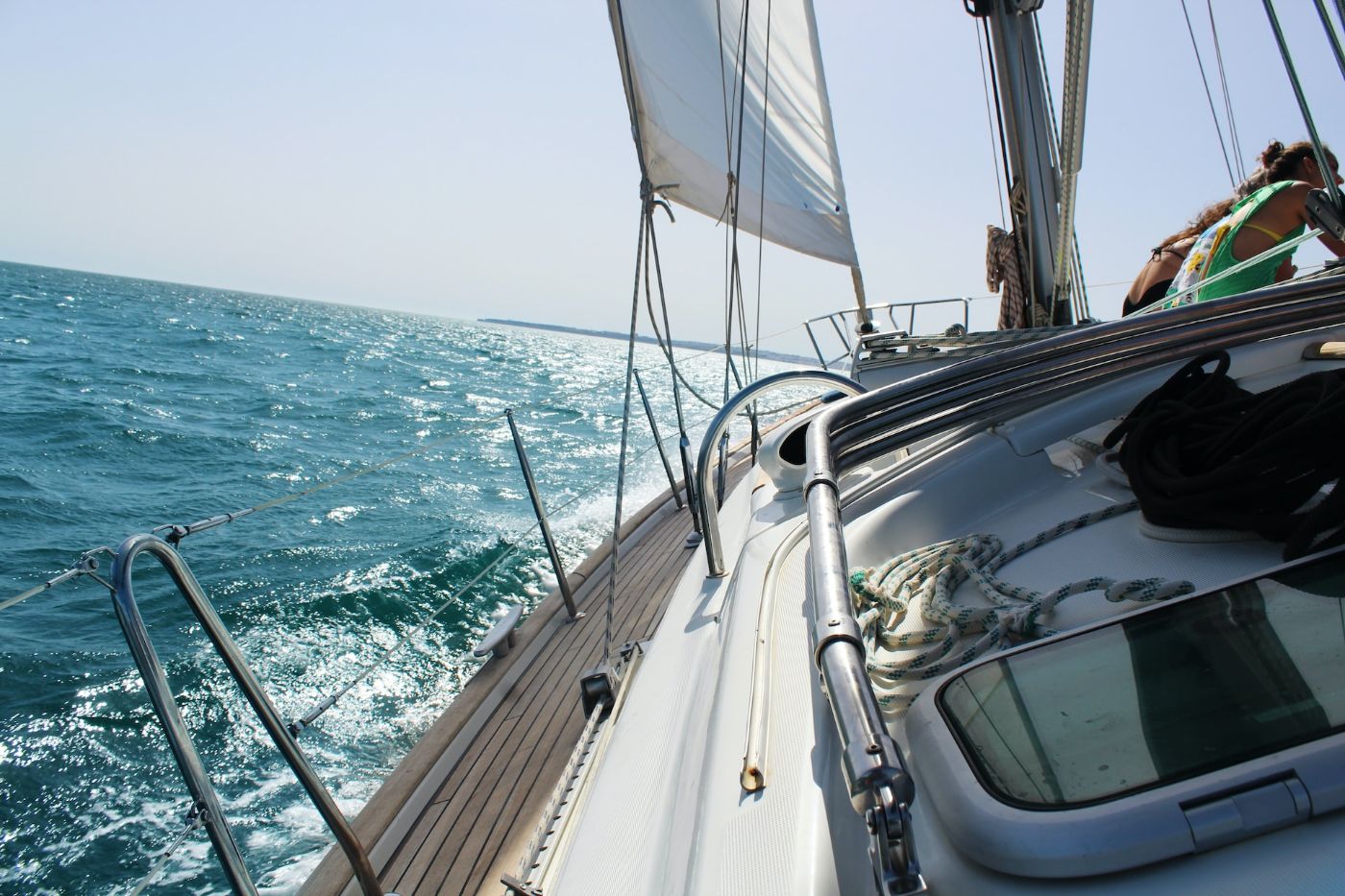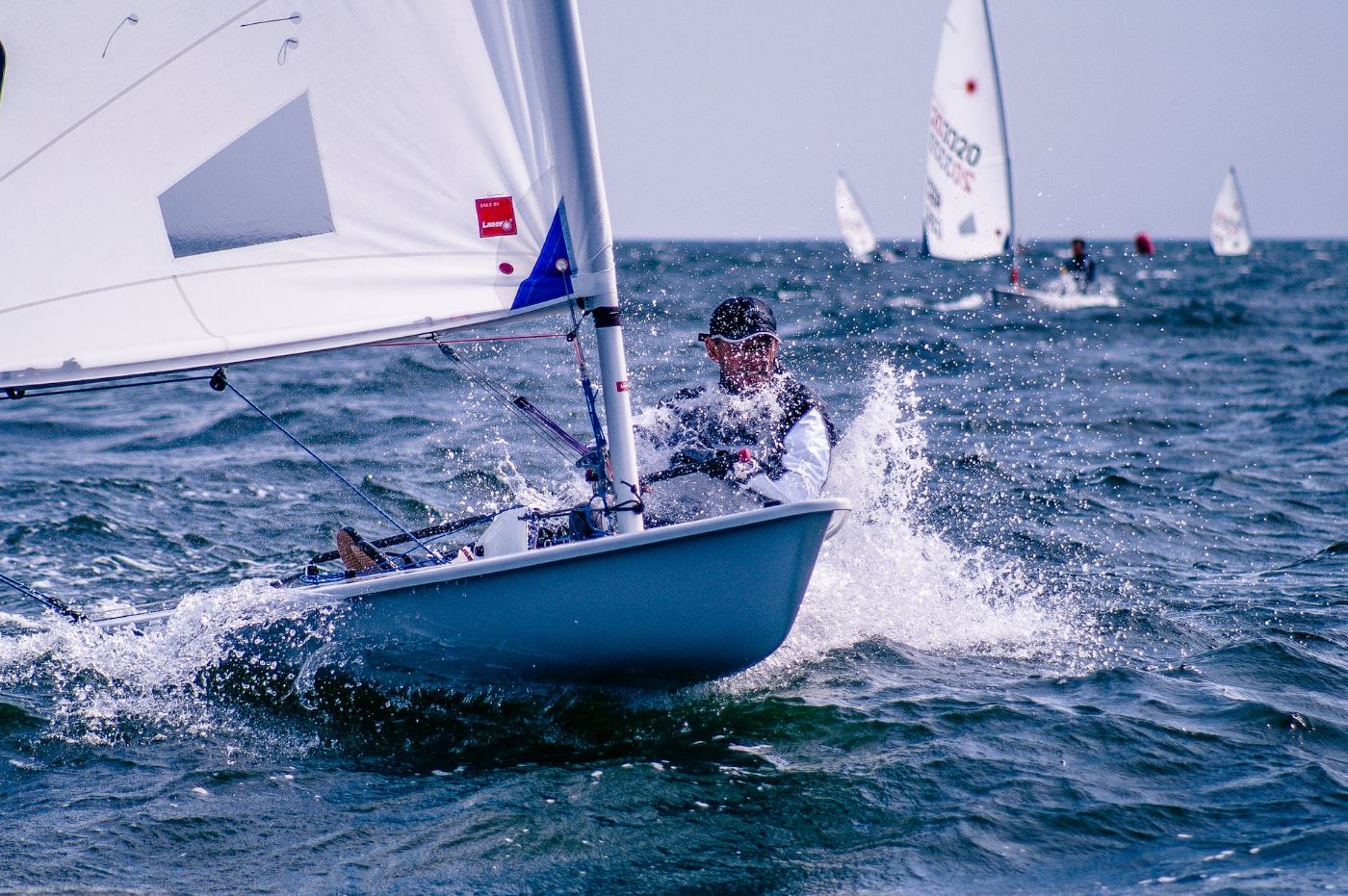How Long Does It Take to Learn to Sail? (Not Long)
It doesn't really take long to learn the necessary skills to sail safely and confidently. Whether you go by the book or learn by yourself, you can easily learn the essentials in a short span of time. Let me explain in this article how long it takes to learn the basics of sailing before you can set yourself out onto the sea.
You can pick up the essentials of sailing in just 1–2 weeks of dedicated effort. The American Sailing Association offers a 2 to 3-day course to get you started and on your way to becoming a proficient sailor. If you're a natural, you may be able to learn the basics of sailing in just a week of intensive sailing lessons.
If sailing school is not an option, you can learn how to sail yourself. Let's distinguish the pros and cons between sailing schools and self-learning sailing as we dive into further details below.
Summary
- On average, a person can learn basic sailing skills in just one week of intensive lessons. If you want a sailing certification, you may need to wait 10 days.
- If you want to learn sailing through a structured set of lesson plans, you can opt for a sailing school. But, if you prefer to learn at your own pace, you can try learning sailing all on your own. Self-learning is also more cost-effective.
- There's no better way to gain the full experience and learn sailing faster than getting yourself in the water as much as possible by joining a crew, getting on a race boat, or just practicing sailing.

On this page:
Time Required to Learn Sailing
You can expect to spend anywhere from a few days to a few weeks in a sailing school or on a sailing holiday, and pick up the essentials of sailing in just 1–2 weeks of dedicated effort. A sailing certification to prove your ability can be attained in just 10 days.
The American Sailing Association offers a 2-3 day course with plenty of on-the-water instruction to get you started and on your way to becoming a proficient sailor. However, keep in mind that the amount of time it takes to learn to sail can vary depending on your learning style and the complexity of the boat.

If you're a natural and instinctively understand how the boat will be affected by a change in wind or boat direction, you may be able to learn the basics of sailing in just a week of intensive sailing lessons. Most people can pick up the basic skills needed to sail a 13.75-foot Laser or Sunfish dinghy within a week of intensive sailing lessons.
However, if you're looking to become a more advanced sailor or want to sail longer distances, it may take more time to gain the necessary skills and experience. The duration in which you're going to learn to sail equals how much knowledge you need to have before being an actual sailor. Subsequently, this is what you want to do with your boat.
In terms of speed and distance, the amount of time it takes to sail a certain distance can vary depending on the type of boat and the conditions. A small sailboat may take longer to sail a certain distance than a larger boat with a motor. Additionally, factors such as wind speed and direction, current, and weather conditions can all impact the time it takes to sail a certain distance.
In terms of nautical miles, the distance sailed by a boat, note that the amount of time it takes to sail a certain distance can vary depending on the boat's speed. A boat traveling at 5 knots will take longer to sail 100 nautical miles than a boat traveling at 10 knots.
Factors That Affect Your Speed of Learning Sailing

Learn sailing through school vs. self-learning
Everyone has a unique way of learning, and you must identify your learning style before you start your sailing lessons. Here are some tips to help you choose the right learning style for you:
Sailing schools offer structured sailing lessons that are designed to teach you everything you need to know about sailing. These lessons are usually taught by experienced sailors who can provide you with personalized instruction and feedback. Sailing schools are a great option if you want to learn how to sail quickly and efficiently.
| Pros of Sailing Schools | Cons of Sailing Schools |
|---|---|
| Structured learning environment | More expensive than self-learning |
| Personalized instruction and feedback | Limited flexibility with scheduling |
| Access to experienced sailors | |
| Opportunity to meet other sailors and build a sailing community |
If you prefer to learn at your own pace, self-learning may be a good option for you. There are many resources available online that can help you learn how to sail, including books, videos, and online courses. Self-learning can be a more flexible option, but it may take longer to learn all the necessary skills.
| Pros of Self-Learning | Cons of Self Learning |
|---|---|
| More flexible scheduling | No personalized instruction or feedback |
| Can be more cost-effective | Limited access to experienced sailors |
| Learn at your own pace | May take longer to learn all necessary skills |
Choosing the right boat
Depending on your skill level, the size and type of boat you choose can make a significant difference in how quickly and effectively you learn.
For beginners, it's recommended to start with smaller boats, such as dinghies or keelboats. These boats are typically easier to handle and provide a more hands-on learning experience. They allow you to learn the basics of sailing, such as steering, tacking, and jibing, without feeling overwhelmed or intimidated.
Here's an article on some of the best beginner sailboats you might want to consider.
As you become more comfortable sailing, you can move up to larger boats, such as cruisers or yachts. These boats offer more space and amenities, but they also require more skill and experience to operate. You may need to remember that larger boats can be more challenging to maneuver, and they often require a crew to handle the sails and ropes.
Another important factor to consider when choosing a boat is the type of sailing you want to do. If you plan to sail in calm waters, such as lakes or bays, a smaller boat may be more suitable. However, if you plan to sail in open waters or in rough conditions, a larger boat with a deeper keel may be necessary.
Choosing your first sail for your skill level

Choosing the right sail for your first sailing experience can have an impact on how quickly you can learn to sail. A sail that is too large or too small for your skill level and the wind conditions can make it difficult to control the boat and increase the risk of capsizing or other accidents.
A sail that is too large can generate too much power, making it difficult to steer the boat and control its speed. On the other hand, a sail that is too small may not provide enough power to move the boat effectively in stronger winds.
A properly sized sail that matches your skill level and the wind conditions can make it easier to learn to sail and control the boat. This can help you build confidence and progress more quickly in your sailing skills. If you are a beginner, you will want to start with a smaller sail. This will make it easier for you to handle and control the boat. As you gain more experience, you can move up to a larger sail.
Consider the type of water
The type of water you will be sailing on will also play a role in choosing your first sail. If you will be sailing on the sea, you will need a sail that can handle the wind and waves. If you will be sailing on an inland lake, you can get away with a smaller sail.
-
If you plan to sail on the sea, you may want to choose a sail that is durable and can handle the wind and waves. A sail made from a sturdy material like Dacron is a good choice. You will also want to make sure the sail is easy to reef in case the wind picks up.
-
If you plan to sail on an inland lake, you can get away with a smaller sail. A sail made from a lighter material like nylon is a good choice. You will also want to make sure the sail is easy to handle, as you may be tacking frequently.
Read this article discussing the different types of sails to help you identify which is best for you.
Gain Practical Experience To Learn Sailing Faster
One of the best ways to gain sailing experience is to get on the water as much as possible. This means spending time on a sailboat, practicing the skills you have learned in classes or from books, and getting a feel for the boat and the water. In general, it takes about 10 days of sailing to gain the necessary skills to sail a small boat on your own, but the more time you spend on the water, the more comfortable you will become.

To gain sailing experience, you can:
- Rent a sailboat and practice on your own.
- Join a sailing club or community sailing program.
- Take a sailing course that includes plenty of time on the water.
Joining a sailing crew is another great way to gain practical experience. Sailing crews are groups of people who sail together regularly. They may race or just enjoy sailing for fun. Joining a crew can give you the opportunity to learn from experienced sailors and practice your skills in a supportive environment.
To join a sailing crew, follow the steps below:
- Look for crew-wanted ads on sailing websites or in local sailing publications.
- Attend sailing events and network with other sailors.
- Join a sailing club or community sailing program and ask about crew opportunities.
Did you find the answer to your specific question?
👍 0 👎 1



Leave a comment